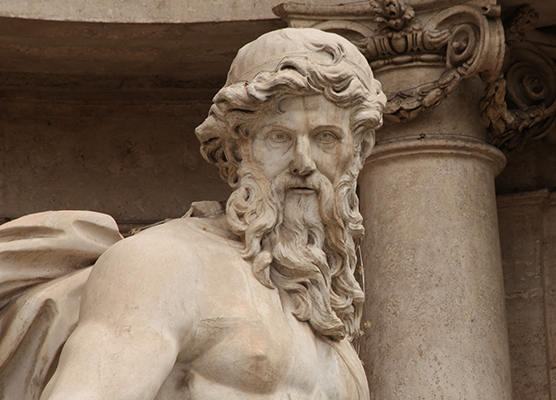
The Greco-Roman world was a world of cities. From the ancient Greek city-states (or poleis), to the cosmopolitan cities that appeared in the era of Alexander the Great and his successors, and to the imperial city-projects of the Roman Empire. This course examines the architectural and urban developments of Greek and Roman cities together with central political institutions and religious and social practices that were associated with them. In studying a diversity of visual, material and textual evidence—such as urban form, architectural and sculptural monuments, as well as literary sources and epigraphic evidence—the course addresses both the structure of the urban fabric and the socio-political situation of ancient Greek and Roman cities.
*Academic credit is defined by the University of Pennsylvania as a course unit (c.u.). A course unit (c.u.) is a general measure of academic work over a period of time, typically a term (semester or summer). A c.u. (or a fraction of a c.u.) represents different types of academic work across different types of academic programs and is the basic unit of progress toward a degree. One c.u. is usually converted to a four-semester-hour course.
Instructor
- Morris Russell and Josephine Chidsey Williams Assistant Professor in Roman Architecture
Mantha Zarmakoupi’s work addresses the broader social, economic, and cultural conditions underpinning the production of ancient art, architecture, and urbanism. She focuses on the art and architecture of the Hellenistic and Roman periods and undertakes to understand the ways in which the cultural… Read more

